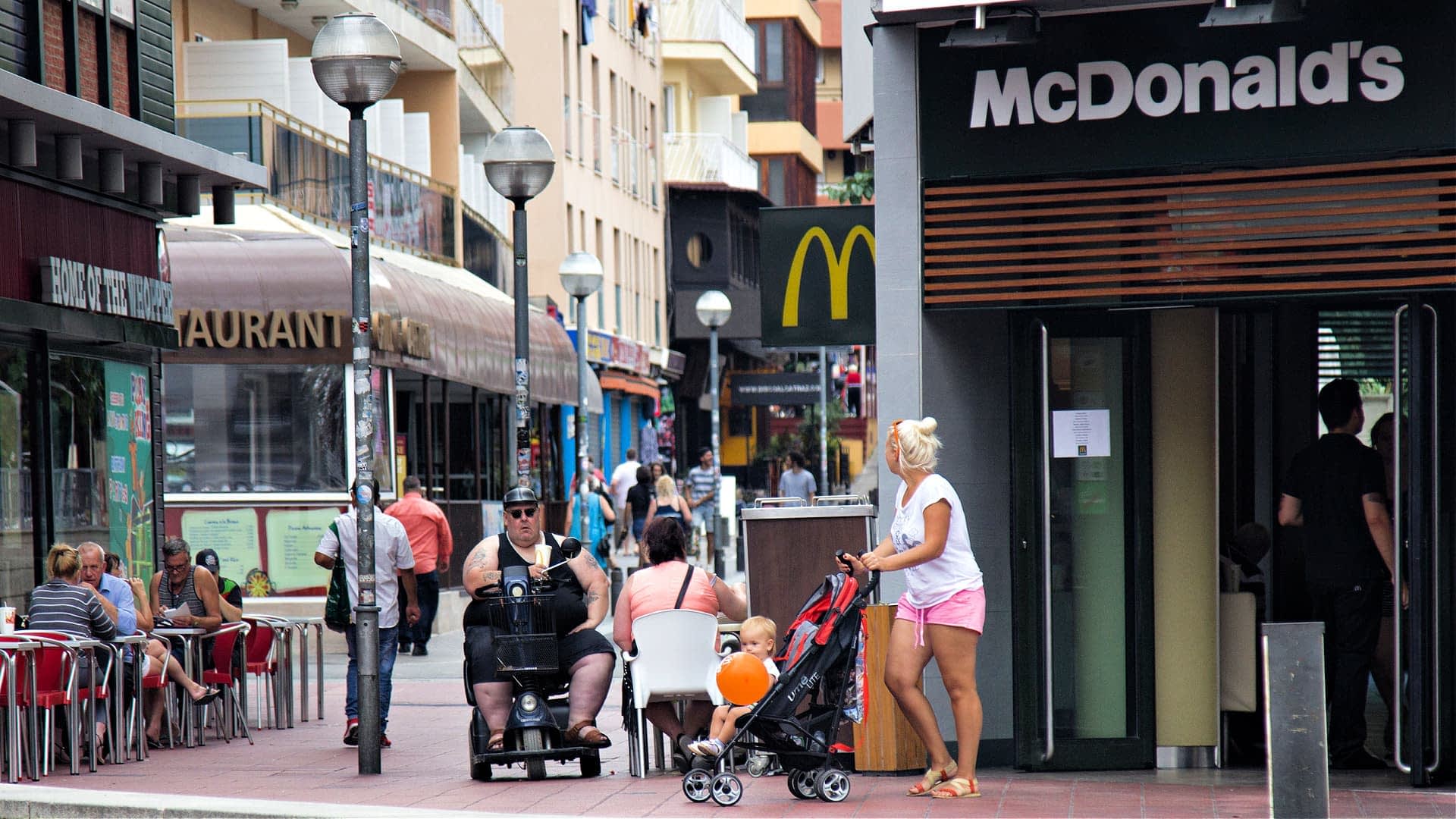 5.0K reads
5.0K readsHealth
Childhood Obesity on the Rise in Spain as Adherence to Med Diet Falls

Save the Children has warned of the decline of the Mediterranean diet and lifestyle due to socioeconomic inequality and the Covid-19 pandemic, with Spain having one of the highest childhood obesity rates in Europe. The report highlights the impact of the pandemic on children’s weight, physical activity, and diet, emphasizing the need for urgent government action to address these issues and safeguard children’s health and well-being.
Save the Children, an international non-governmental organization, has issued a stark warning about the future of the Mediterranean diet and lifestyle, citing socioeconomic inequality and the Covid-19 pandemic as significant driving factors in its decline.
“Mediterranean countries have gone from having one of the healthiest diets in the world to one where sweets, fast food and sugary drinks have displaced fruit, vegetables, olive oil and fish,” according to a 64-page report published last month.
The report’s authors calculated that Spain now has one of the highest childhood obesity rates in Europe, surpassed only by Cyprus, with almost 20 percent of its seven to eight-year-olds being clinically obese. This is considerably higher than the European average of approximately 12.5 percent.
See Also:New Law in Sicily Protects and Promotes the Mediterranean DietAs a major part of its research, the organization carried out a new survey using the National Health Survey of Spain (ENSE) 2017 criteria to determine the scope of the impact of the Covid-19 pandemic in this area.
Their analysis of the results indicated that before the pandemic, levels of excess weight in Spanish children had slowly begun to decline in line with those of other Mediterranean countries such as Greece and Portugal.
However, the pandemic, with its consequent movement restrictions in conjunction with the closure of schools and sports facilities, saw that positive trend reverse with a 0.9 percent increase in excess weight among under-18s by September 2021.
The authors warned that this increase may even be an underestimation, given that pandemic restrictions also saw a dramatic reduction in the number of routine pediatric visits at which more detailed and accurate information is recorded.
While the pandemic has clearly impacted the activity, diet and finances of the population at large, it accounts for only an isolated part of the problem.
The lifestyle and dietary habits of the Mediterranean olive-growing regions have seen hugely significant changes in the decades following World War II, with the introduction of fast food, the consumption of large quantities of red meats and other harmful habits.
In recent years, the trend has accelerated. For example, the average consumption of fish and seafood in Spain decreased by approximately 30 percent between 2000 and 2019. The growing popularity of carbonated beverages has also altered the population’s nutritional profile.
According to the 2019 ANIBES study, the average energy consumption of the Spanish population was 1,810 kilocalories per diem, of which 12 percent was delivered by beverages.
However, other population groups from France and Italy showed a lower proportion of energy provided by beverages (8 percent and 6 percent, respectively). Additionally, a significant shift among adults toward higher beer consumption instead of the more traditional red wine has taken place.
See Also:Health NewsCatalina Perazzo, Save the Children’s director of social and political advocacy, said that “children in Sweden are [now] the closest to eating a Mediterranean diet in Europe.”
While this phenomenon is widespread, it is especially prevalent among lower-income households. The 2017 ENSE data revealed that the children of unskilled workers were three times more likely to suffer from obesity than those of parents in management positions.
This latest report provided more significant insights into the root causes of this disparity by analyzing diet quality, physical activity, sleep and screen time.
The researchers found socioeconomic status to be the most significant factor in all of these areas, most notably those related to physical activity.
More than 71 percent of high-income households were reported to engage in physical activity or sports regularly compared to 41 percent of low-income households.
Conversely, while 46 percent of children in low-income households were reported to spend more than five hours a day in front of a screen, the data for high-income households showed nearly 80 percent of children spending less than one hour each day in this way.
A similar relationship was found in dietary habits, with 18 percent of children from low-income households consuming confectionery daily, 5 percent consuming carbonated beverages daily and 2 percent consuming fast food daily.
The corresponding figures from high-income households were 10 percent, 0 percent and 0 percent, respectively.
The authors concluded that “in households with lower incomes, the possibilities of accessing the food necessary for a balanced diet [and] paying for extracurricular or non-sedentary leisure activities” are reduced.
As a result, they said urgent government action is needed at the national and regional levels to reverse these trends and safeguard children’s health and prosperity throughout the country.









